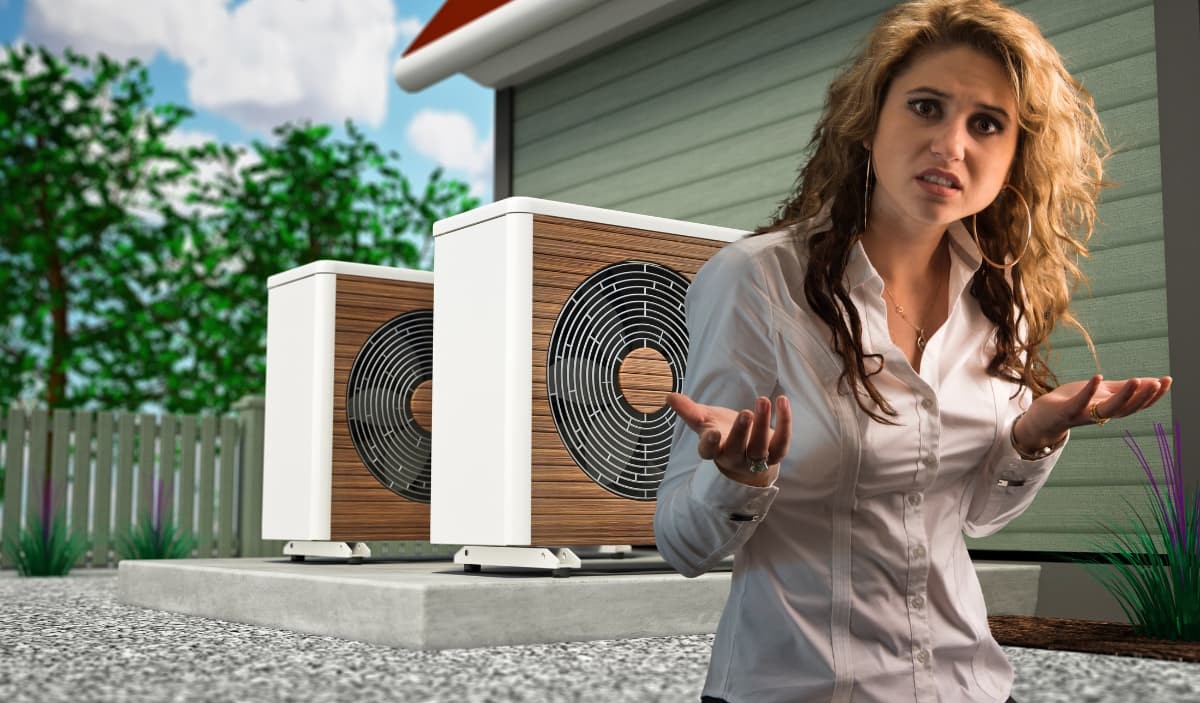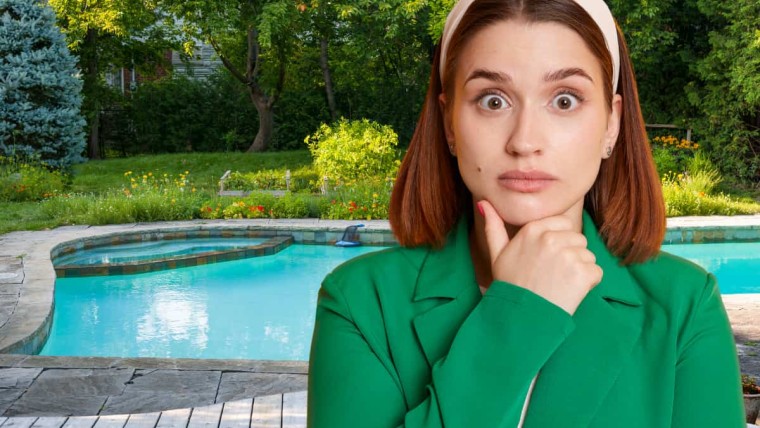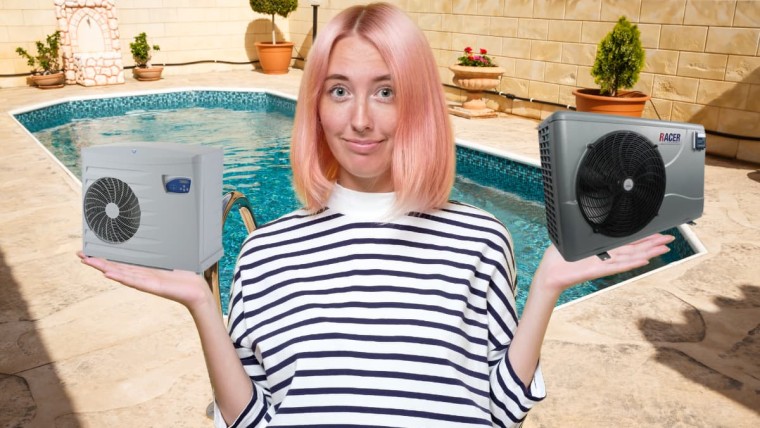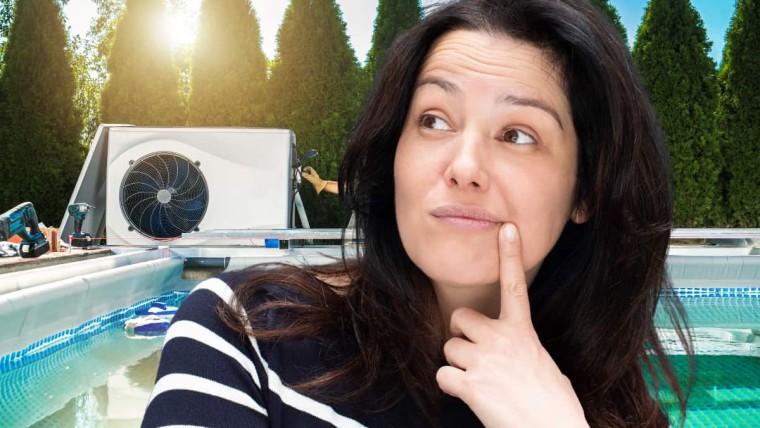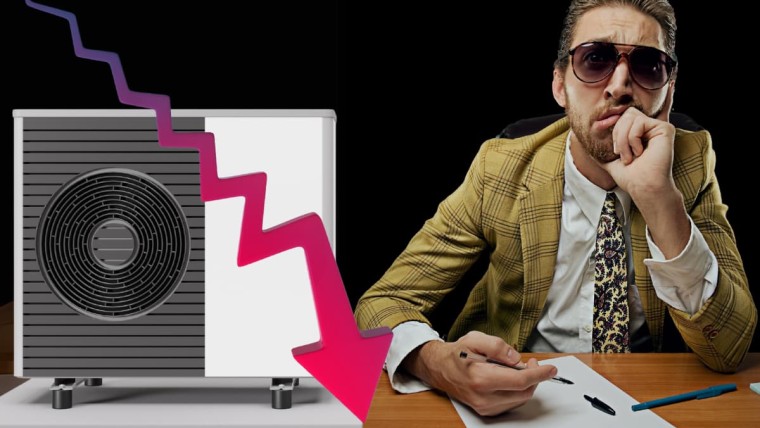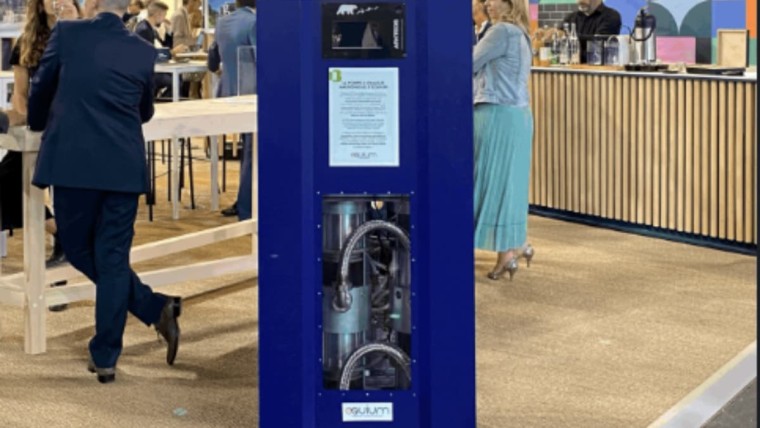If you live in a residential area with rather imposing houses, or if you live next door to a good-sized building, you've probably already noticed an air-to-water heat pump installation with 2 outdoor units.
But why install 2 heat pump outdoor units? There are several reasons for this. Whether it's for power requirements, reliability, or greater efficiency, we'll go into more detail below.
A high need for heating or cooling
For houses over 200 or 300 m2, it's often necessary to install a heating capacity of over 15kW, depending on the insulation in place. (especially for houses that would have reached class D after insulation, for example).
Depending on the manufacturer you choose to work with, this level of power may mean selecting a rather large, expensive three-phase machine, which would be complicated to finance and install.
Installing two smaller units, each capable of delivering 8kW, is an appropriate solution for a number of reasons, although it does have some drawbacks, as we'll see later.
Rather than running a single unit at full load, two smaller units can be run at lower load, with better efficiencies.
Redundancy for safety
Having two outdoor units for your heat pump means that, in the event of failure of one of them, you can run the second and still have heating.
If the two units are able to heat the home at partial load, the remaining unit should be able to heat the home at full load, if properly sized by your installer or supplier.
Greater energy efficiency
For example, in the mid-season, which represents several months of the year, the need for heat may be low, but still present. The large heat pump would be at low load. Whereas two units would each be at partial load.
In general, efficiency is better at partial load. This is why the combined COP of the two units would be better than that of a higher-powered machine operating alone.
Whereas a large unit would be dimensioned to respond perfectly to the peak demand for heat or cooling, the two smaller units could run at partial load, closer to their nominal load and therefore to their optimum COP, in this situation, and adapt much better. This would enable us to meet demand while optimizing energy savings.
Possibility of zoning
With two outdoor units, you can divide your home into two independent zones with different needs.
We can cite several examples:
A multi-family home, for example, accommodates a couple and their children, and the grandparents in another part of the house. Each division can therefore adapt its comfort as it sees fit.
The case of the multi-purpose office/retail building. If offices need moderate air conditioning during office hours, while shops need more cooling, as in a restaurant, for example.
Space constraints
In some situations, particularly in city centers, space is limited and large machines cannot be installed. In such cases, two smaller units are more easily accommodated, and are better adapted to architectural constraints, as in the case of a heritage protected area, for example.
Long-term costs
Buying two units is more expensive than buying one larger one. You have to buy two machines, install more accessories, and pay a little more labor.
But over the long term, if maintenance is carried out, the energy savings can quickly make up for the difference in purchase price. Of course, it will take several years.
Overall The installation of two heat pump outdoor units is a wise choice for greater comfort, thanks to the security it offers in the event of failure of one of them. Barring a stroke of bad luck or blackoutIn other words, you're almost guaranteed to always have heating. The second most important reason why this is the right choice is partial-load operation, which enables the heat pumps to run at coefficients of performance as close as possible to their theoretical performance, and thus generate the greatest possible energy savings over the long term.

Julien G.
Juliena mechanical engineering graduate and specialist in climate engineering since 2009, has become a writer specializing in renewable energies, with expertise in heat pumps and photovoltaic solar panels for individual housing.
See all articles by this author
